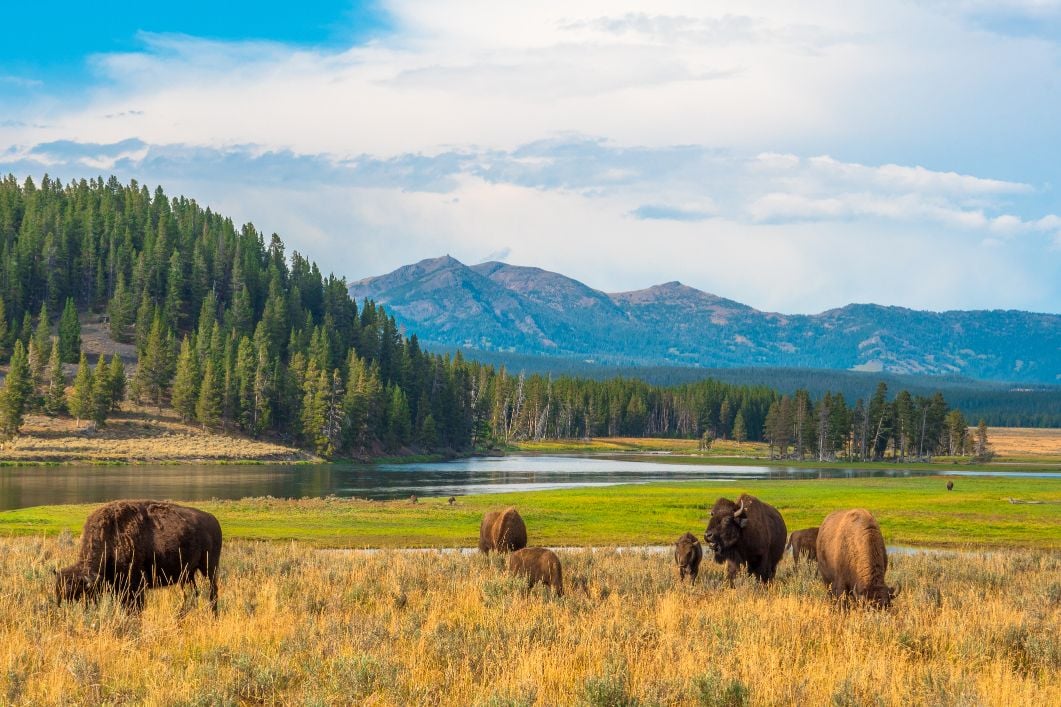
National Parks can be found around the world and, depending on which country you find them in, they tend to mean slightly different things. National parks in the USA are going to have different rules to national parks in the UK, and they’re going to have different rules to national parks in Iceland or on Svalbard. All national parks, however, are set up with the conservation of wildlife and nature in mind – and the reason they have different rules and regulations is that they all have different flora and fauna to take care of and preserve. Makes sense, really.
If it’s a definition of a national park you’re here for, then that’s really the only one that covers them all. A national park is an area of countryside, or occasionally water, protected by the state for the enjoyment of the general public or the preservation of wildlife.
If it’s pub quiz answers you’re here for, you cheeky badger, then let us tell you that the first national park was established in Yellowstone in 1872. Australia has more national parks than anywhere else in the world. Yes, even more than Thailand. And way more than Russia. And John Muir – born in Dunbar, Scotland – is the man known as “the father of national parks”.
In the following article, we’ll tell you a bit more about what constitutes a national park, the history of how it came to be and add some fun facts along the way – because what is an informative article about the national park system without some slightly irrelevant trivia?
What is a National Park?
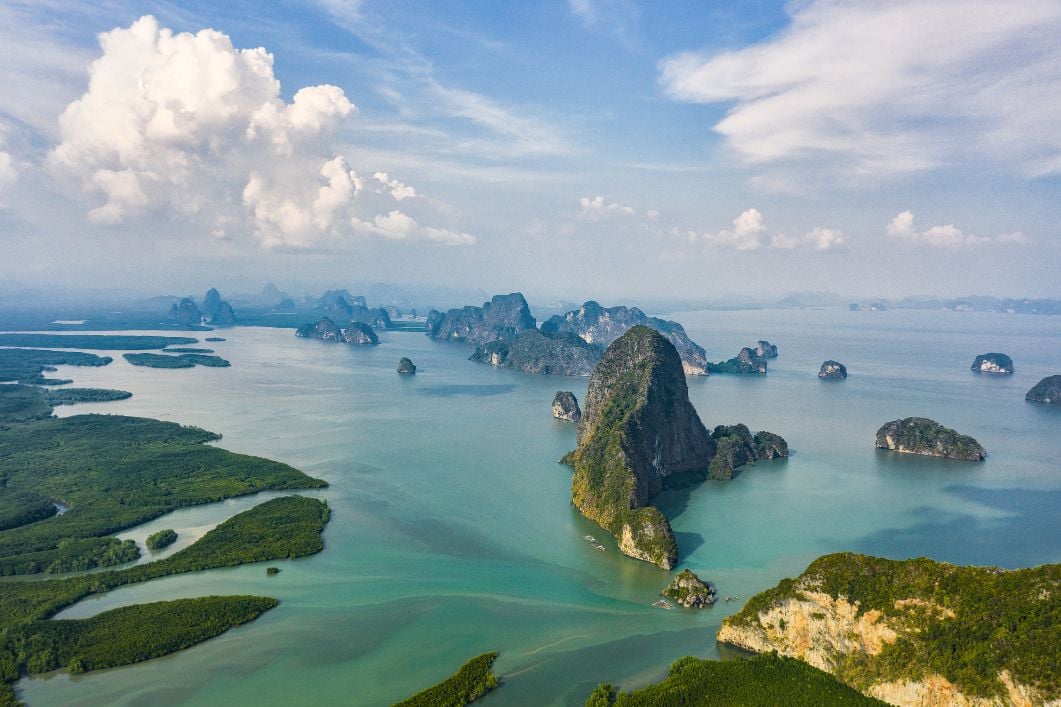
Okay, let’s get the serious, information intensive bit out the way. The International Union for Conservation of Nature (IUCN) classifies a “National Park” as Category II in their protected areas list. They define a national park as the following:
Large natural or near natural areas set aside to protect large-scale ecological processes, along with the complement of species and ecosystems characteristic of the area, which also provide a foundation for environmentally and culturally compatible spiritual, scientific, educational, recreational and visitor opportunities.
A total of 6,555 national parks met the standards set by the IUCN for criteria as classification as a National Park in 2006, but there are of course, many more national parks in the world. They say the primary objective of a national park is:
To protect natural biodiversity along with its underlying ecological structure and supporting environmental processes, and to promote education and recreation.
However, they also acknowledge that a national park has other objectives, such as:
- To encourage and maintain the representation of native species of flora and fauna.
- To contribute to conservation of wide-ranging species, regional ecological processes and migration routes.
- To manage visitor use for inspirational, educational, cultural and recreational purposes at a level which will not cause biological or ecological degradation.
- To take into account the needs of indigenous people and local communities.
- To contribute to local economies through tourism.
- Other, complicated stuff you can read about more on the IUCN website.
National parks are typically large and conserve a functioning ecosystem within them. A national park represents the native species of the region and there is relatively low risk of successful invasions by non-native species.
Now we’re going to move on from dictionary definitions, because we’re well aware that if you got stuck talking to someone about national parks at a house party, and they told you all of the information we’ve just written above, you’d absolutely be trying to find anyone or anything else you could talk to to get you out of the conversation. So… moving swiftly on.
Before National Parks: Yosemite and John Muir
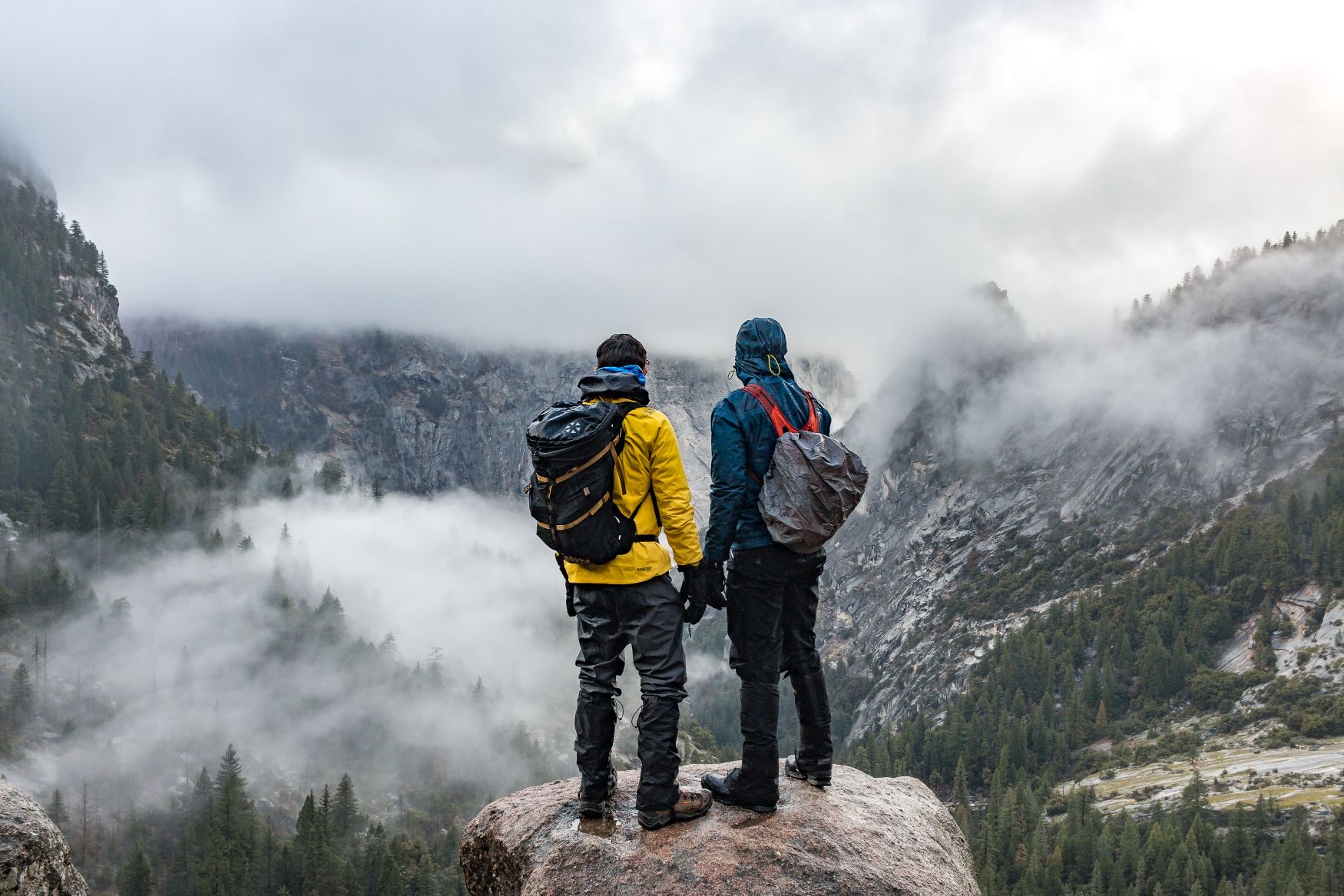
Yellowstone was established as the United States’ first national park – and the first national park in the world – in 1872. But the history of the national park begins before then.
Our favourite early reference to national parks comes from English poet William Wordsworth (a fine example of nominative determinism) in 1810. He described the Lake District as a “sort of national property, in which every man has a right and interest who has an eye to perceive and a heart to enjoy.” Before even that, the government of Naples had formed laws to protect natural areas in 1735 (though largely for the benefit of the royal family). The U.S.A, where the national park was first established, doesn’t come into the story until a good century later.
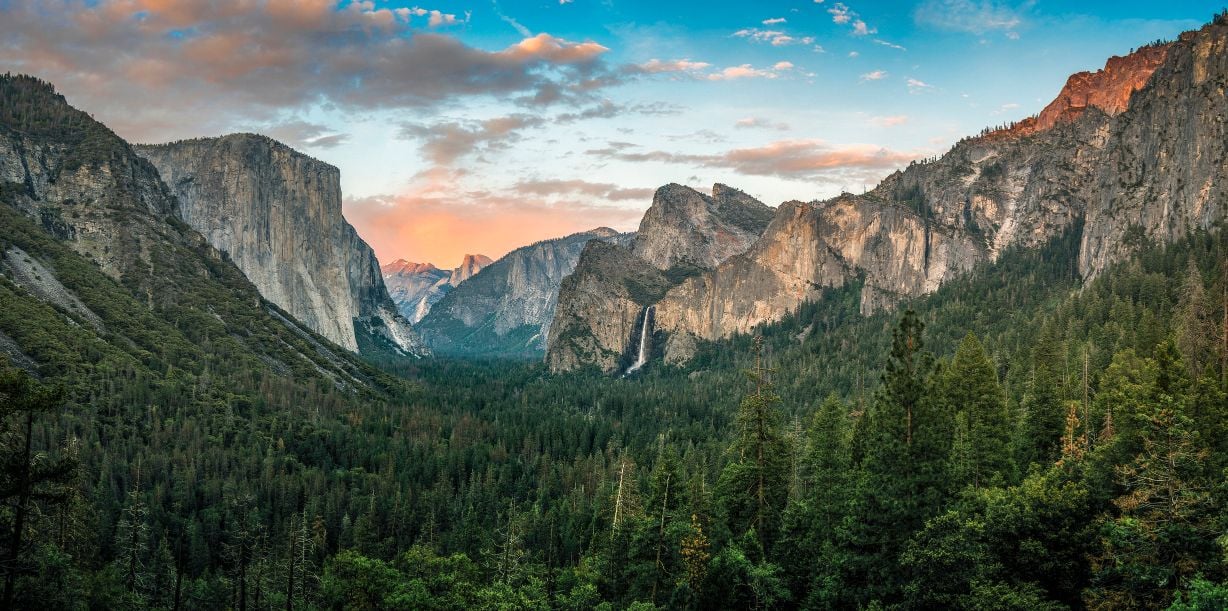
We’re going to pick up the story in America from 1832, when President Andrew Jackson put in the first effort at conservation of lands from the U.S.A – setting aside sections of what is now Hot Springs, Arkansas to protect the natural springs and mountainsides. The big trigger in the creation of National Parks, however, came three decades later though, when President Abraham Lincoln signed an Act of Congress in 1864 which prevented public ownership of Yosemite Valley and Mariposa Grove, ceding them to the state of California.
Lincoln’s Act of Congress in 1864 opened the conversation about national parks, and the perceived mismanagement of Yosemite by the state of California was what led to Yellowstone, established as a National Park six years later, being put under national control.
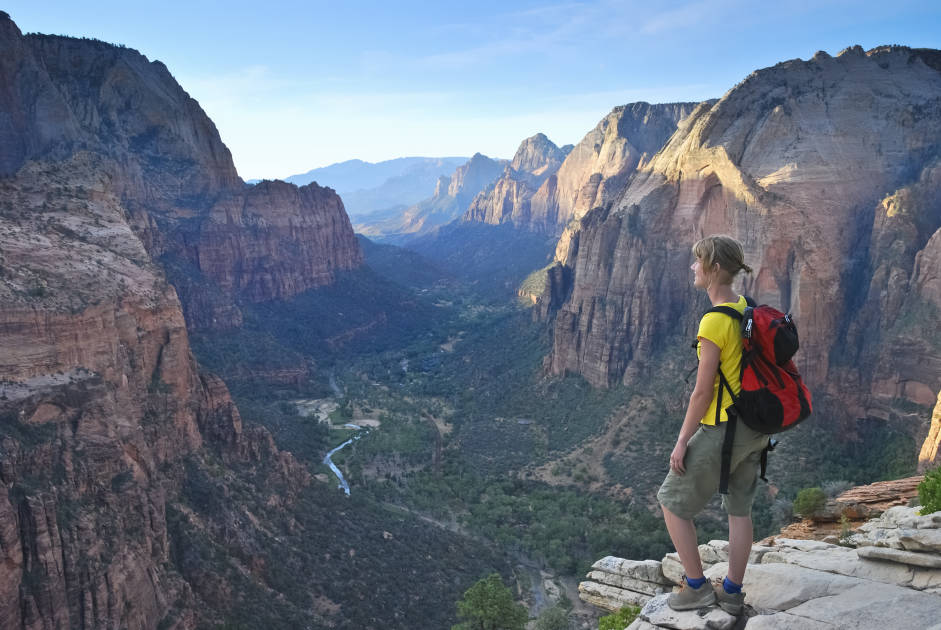
It was in Yosemite that John Muir became involved; a scotsman whose family had emigrated to America when he was young. Muir noted on first seeing Yosemite that he “was overwhelmed by the landscape, scrambling down steep cliff faces to get a closer look at the waterfalls, whooping and howling at the vistas, jumping tirelessly from flower to flower.” Muir is today referred to as the “Father of the National Parks” due to his work in Yosemite. He published two influential articles in The Century magazine, which formed the base for the subsequent legislation that would take hold in the United States in the following decades.
The First National Park: Yellowstone and Teddy Roosevelt
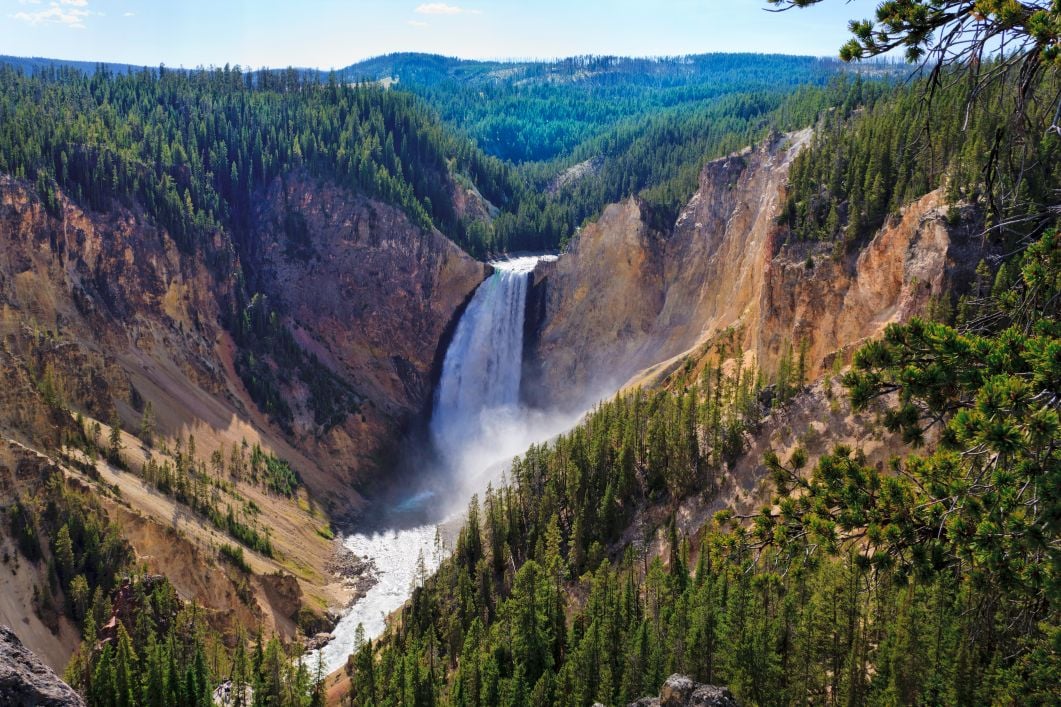
Yellowstone National Park was established as the United States’ first national park, and the first national park in the world, in 1872. That said, there are some areas that were protected by national law before this time. The likes of Fontainebleau, which keen climbers may know as a legendary bouldering spot outside Paris in France, had national protection since 1861.
There are various reasons why Yellowstone became the first national park, but prime among them was the fact that it was part of a federally governed territory. So, the federal government was responsible for the area. So it became the official first national park of the United States. Theodore Roosevelt – who would go on to become the 26th president of the United States from 1901 to 1909 – was famously an active campaigner for this, along with the Boone and Crockett Club, whose primary goal was the conservation of large game animals and their habitats, and who were founded by Roosevelt in 1887.
Before becoming a national park, Yellowstone was plagued by poachers and others who were raiding the area for resources of all sorts. Roosevelt and the Boone and Crockett Club were at the forefront of protecting Yellowstone National Park and hugely contributed to the work that resulted in laws created to preserve natural resources in the area. Hey, you don’t get a spot in Night at the Museum without making some important contributions to the world.
A Selected History of National Parks
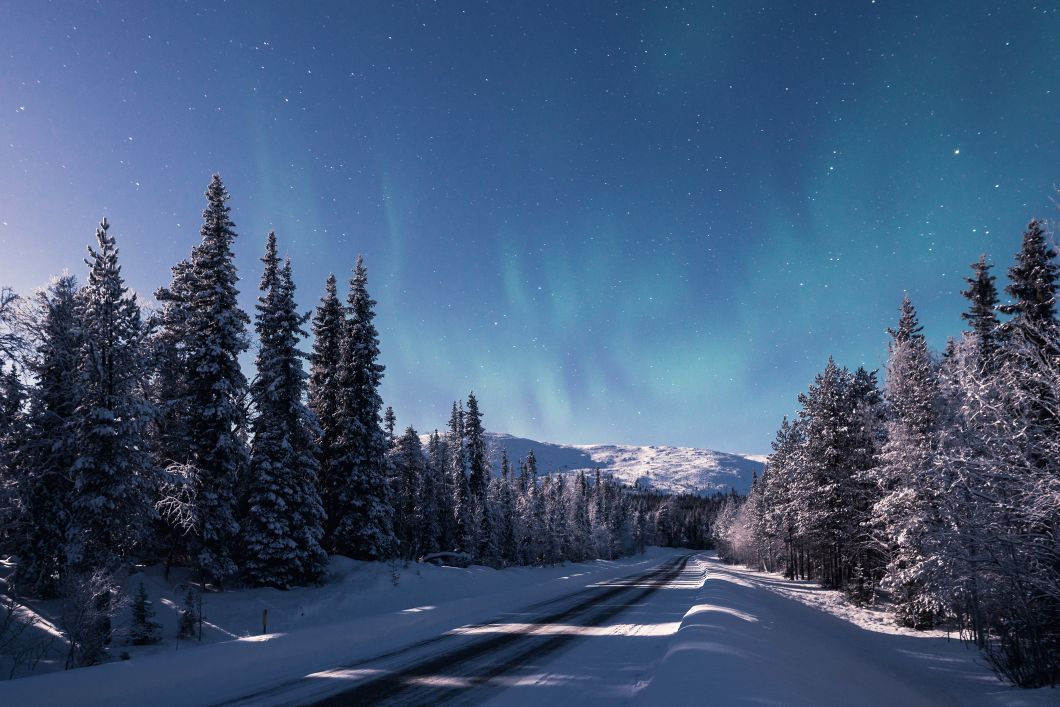
Mackinac National Park in the USA was the first area to use the phrase “national park” in its creative legislation. While Mackinac later actually lost its status, it played a big part, alongside Yellowstone, in other nations establishing national parks. Australia established the Royal National Park south of Sydney in 1879. The Rocky Mountain National Park was established in Canada in 1885. The Tongariro National Park in New Zealand came in 1887.
The first official national park in Europe wasn’t established until 1909 in Sweden, when nine were established at once. The Swiss National Park followed in 1914 in the Western Rhaetian Alps. Africa’s first national park came 11 years later when Albert I of Belgium designated what is now part of the Democratic Republic of Congo as the Albert National Park, now known as the Virunga National Park, in 1925.
The United Kingdom didn’t actually have any national parks until after World War II
The United Kingdom didn’t actually have any national parks until after World War II, when the creation of national parks became widespread. The Peak District National Park was the first in the UK, created in 1951. By the end of the 1950’s, nine more national parks had been created. Europe now has over 350 national parks.
Canada currently has the largest protected area with 450,000 km2 of national park. The largest national park in the world, however, is actually the Northeast Greenland National Park, established in 1974 and covering 972,000 km2.
Nearly 100 countries around the world have land designated as a national park. Cameroon has the most national parks in Africa, with 27. In Asia, India has 116, but is still behind the 147 of Thailand. Russia leads the way in Europe with 48 national parks, one ahead of Norway and eight ahead of Finland’s 40. Canada has 47, meanwhile, and the United States have 62. In South America, Colombia has 60, but is 12 behind the 72 in Brazil. Australia, meanwhile, has a mind boggling 685 – the most national parks in the world.
And there you have it, you now know enough about national parks to never have to cheat in a national park pub quiz round ever again.
Keen to head out and explore some national parks? Check out our full range of adventure holidays now.


